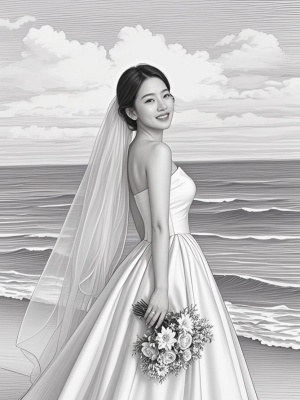What Is Render in Art: A Comprehensive Guide
Introduction to Rendering in Art
Rendering in art refers to the process of creating a visual representation of an object, scene, or concept. It involves translating ideas into tangible visuals through various techniques and mediums. Whether in traditional art forms like painting or digital platforms like 3D modeling, rendering plays a crucial role in bringing artistic visions to life. This guide explores the depth of rendering, its techniques, and its significance in modern art.
The Fundamentals of Rendering
Definition and Core Concepts
Rendering is the act of applying shading, texture, and lighting to a drawing or model to make it appear realistic. In digital art, rendering often involves using software to simulate light interactions with surfaces. Key elements include:
- Shading: Creating depth through light and shadow
- Texturing: Adding surface details to objects
- Lighting: Simulating how light affects materials
Traditional vs. Digital Rendering
Traditional rendering uses physical mediums like pencils or paints, while digital rendering employs tools like AI-powered software. Digital methods offer advantages like undo functions and infinite color palettes, but traditional techniques provide tactile feedback many artists prefer.
Rendering Techniques Across Mediums
Pencil and Charcoal Rendering
These traditional methods rely on pressure variation to create value. Cross-hatching and stippling are common techniques for building texture and depth in monochromatic works.

Digital Painting
Modern artists use tablets and styluses to simulate traditional media digitally. Programs like Photoshop offer brushes that mimic real-world tools while providing digital advantages.
3D Rendering
Used extensively in wedding scene design and animation, 3D rendering creates photorealistic images from mathematical models. Techniques include:
- Ray tracing for accurate light simulation
- Global illumination for realistic ambient light
- Subsurface scattering for materials like skin
The Role of AI in Modern Rendering
Artificial intelligence is revolutionizing art rendering through:
- Automated texture generation
- Style transfer algorithms
- Real-time rendering optimizations
Platforms like MediaAI demonstrate how AI can assist artists in creating stunning renders with reduced manual effort.
Common Rendering Challenges and Solutions
| Problem | Solution |
|---|---|
| Unrealistic lighting | Study real-world light behavior and use reference images |
| Texture stretching | Proper UV mapping and higher resolution textures |
| Slow render times | Optimize geometry and use render farms |
Conclusion: The Art and Science of Rendering
Rendering bridges imagination and reality in art. Whether creating a landscape scene or character design, mastering rendering techniques allows artists to fully express their vision. As technology advances, especially with AI tools, the possibilities for innovative rendering continue to expand, making this an exciting time for digital and traditional artists alike.